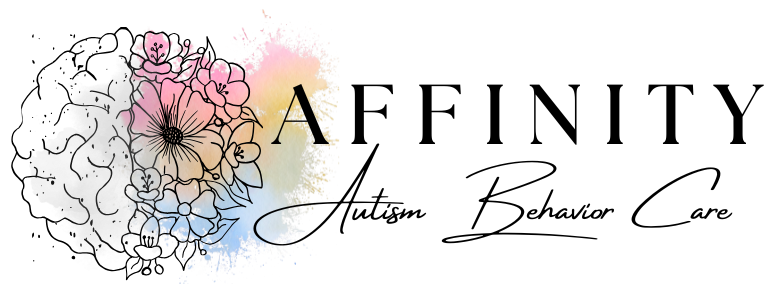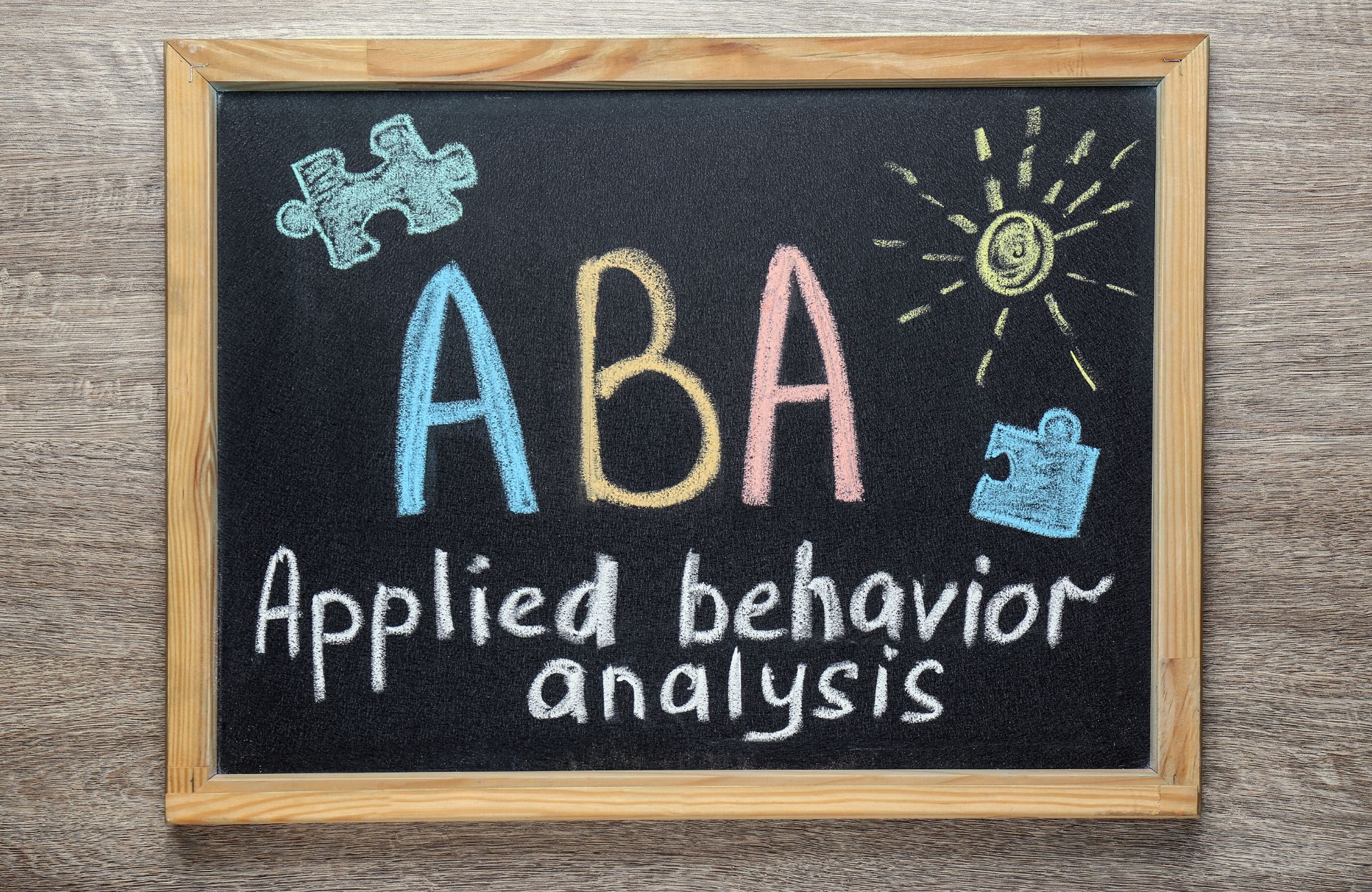The Ultimate RBT Exam Study Guide for Success in Your Certification
Introduction to the RBT Exam
The Registered Behavior Technician (RBT) exam is a standardized assessment designed to evaluate your understanding of Applied Behavior Analysis (ABA) principles and your ability to apply them in real-world settings. Passing the RBT exam is a critical step in becoming a certified RBT, allowing you to work under the supervision of a Board Certified Behavior Analyst (BCBA) to implement behavior intervention plans.
This guide is your go-to resource for preparing thoroughly and strategically. Whether you’re just beginning your journey or brushing up before exam day, we’ll help you focus on the most important concepts, tools, and techniques to increase your likelihood of success.
What is the RBT Exam?
The RBT exam is a comprehensive multiple-choice test administered by the Behavior Analyst Certification Board (BACB). It is designed to assess your competency across essential areas such as measurement, assessment, skill acquisition, behavior reduction, documentation, and professional conduct.
Comprised of 85 questions (with 75 scored items and 10 unscored pilot items), the exam must be completed within 90 minutes. Your performance reflects how well you can apply ABA concepts in supervised practice and real-life scenarios.
Understanding the RBT Exam Content
One of the most effective ways to prepare for the RBT exam is to understand its structure and the weight of each content area. This allows you to allocate your time and attention accordingly and avoid over-studying less critical topics.
Here’s how the content is typically broken down:
Exam Content Areas
Before diving into preparation, get familiar with the main categories covered in the exam. These areas align with the RBT Task List:
- Measurement and Assessment – Includes data collection methods, operational definitions, and analysis of behavior data.
- Skill Acquisition and Behavior Reduction – Covers how to implement skill-building programs and reduce problem behaviors.
- Professional Conduct and Scope of Practice – Focuses on ethical considerations, client dignity, and the RBT’s role under BCBA supervision.
- Documentation and Reporting – Evaluate your ability to record sessions, report behavior incidents, and maintain accurate records.
Understanding these categories ensures you’re targeting the most relevant topics during your study sessions.
Creating a Study Plan
A structured and personalized study plan is crucial for efficient preparation. It keeps you on track, reduces last-minute cramming, and increases the retention of key concepts.
Start by assessing how much time you have before your exam date. Divide your available time into study blocks that allow you to cover each content area thoroughly.
When designing your study plan:
- Identify your strongest and weakest topics.
- Dedicate more time to challenging areas.
- Incorporate breaks and rest days to avoid burnout.
- Set measurable goals for each study session (e.g., “complete 30 flashcards” or “review 2 task list sections”).
Gathering Study Materials
Not all study materials are created equal. High-quality, up-to-date resources are key to mastering the RBT exam content. Aim for a mix of formats to engage different learning styles and reinforce your understanding.
Some essential study tools include:
- The RBT Task List – The official guide to what you’ll be tested on.
- Flashcards – Use them to review definitions, principles, and examples.
- Textbooks and Workbooks – Especially those focusing on ABA concepts and practical application.
- Online Practice Exams – Simulate the test environment and identify knowledge gaps.
Be sure to cross-check materials against the latest BACB guidelines to ensure accuracy and relevance.
Mastering Key Concepts
Certain concepts show up consistently on the RBT exam, so it’s important to master them. These include behavior measurement, skill acquisition techniques, and ethical guidelines.
Understanding not just the definitions but also the application of these principles will increase your confidence and readiness.
- Behavior Measurement: Learn how to measure frequency, duration, and intensity of behaviors.
- Skill Acquisition: Understand the structure of teaching programs, reinforcement schedules, and data tracking.
- Behavior Reduction: Know how to implement behavior intervention plans, antecedent strategies, and consequence-based interventions.
Skill Acquisition and Behavior Reduction
A large portion of the exam focuses on teaching new skills and reducing problematic behaviors. These tasks are central to your day-to-day responsibilities as an RBT.
You’ll need to demonstrate a solid grasp of:
- Prompting and Fading – Techniques to teach skills while gradually reducing assistance.
- Reinforcement Strategies – Positive and negative reinforcement, token systems, and preference assessments.
- Behavior Intervention Plans (BIPs) – Understanding functions of behavior and selecting appropriate interventions.
Effective Study Techniques
Even with the best materials, your success depends on how you study. Choosing the right techniques can help reinforce learning, boost recall, and reduce test-day stress.
Start with a blend of active and passive strategies that match your preferences and schedule:
- Active Reading – Highlight key points and summarize concepts in your own words.
- Flashcards – Test your recall frequently and review incorrect responses.
- Practice Quizzes – Reinforce learning and simulate testing conditions.
Don’t forget to review your mistakes; they’re the best learning opportunities.
Active Reading and Note-Taking
Passive reading isn’t enough, you need to engage with the content. Active reading means questioning the material, rephrasing definitions, and linking new concepts to what you already know.
Effective note-taking tips:
- Use visual markers (like bold or color coding) for important concepts.
- Organize notes by content area to make review easier.
- Write brief examples or real-life applications to help concepts stick.
Practice Exams and Mock Exams
Mock exams are one of the most helpful ways to prepare for the actual test. They familiarize you with the structure, timing, and style of questions you’ll face.
Make time for full-length practice exams at least once a week leading up to your test. Review your results to identify patterns in errors and revisit weak areas.
Benefits and Strategies
Using mock exams strategically can:
- Help you recognize question formats and traps.
- Improve time management under pressure.
- Reinforce content through repetition and exposure.
After each mock exam, analyze incorrect responses. Ask yourself why you chose a certain answer and what the correct response teaches you about the topic.
Conquering Multiple Choice Questions
Multiple-choice questions can be tricky, especially when options seem similar. But with a few proven strategies, you can navigate them with confidence.
When approaching each question:
- Read carefully – Don’t rush. Pay attention to absolutes like “always” or “never.”
- Highlight keywords – Look for action verbs and concepts being tested.
- Eliminate wrong answers – Narrow your choices to improve your odds.
If you’re unsure, make an educated guess and mark it for review if allowed. Don’t leave answers blank.
Strategies for Success
- Trust your first instinct unless you’re sure of an error.
- Avoid overthinking, go with what you know.
- Keep an eye on the clock, but don’t rush through your strongest topics.
Test Day Tips and Tricks
The final stretch is as much about mental preparation as academic review. Your performance on exam day is influenced by how well you manage stress and stay focused.
Key test day practices:
- Sleep well the night before.
- Eat a healthy breakfast.
- Arrive early with the necessary materials (ID, test confirmation).
During the exam, stay calm, take short mental breaks if needed, and breathe deeply to refocus.
Managing Test Anxiety
Test anxiety is real but manageable. Develop a strategy in advance to cope with stress and nervousness.
Try these techniques:
- Practice relaxation techniques like deep breathing or guided visualization.
- Use positive affirmations to stay motivated.
- Remind yourself that preparation is your best weapon against worry.
Using a Study Guide to Your Advantage
A study guide should serve as more than just a reference, it should be your personalized roadmap to exam success. Use it to structure your sessions, focus on weak areas, and track progress.
Incorporate the guide into your routine:
- Review each section before moving on.
- Create flashcards or summary sheets from key topics.
- Mark difficult areas for follow-up review.
Tips for Getting the Most Out of Your Study Guide
- Choose a guide that aligns with the latest RBT Task List.
- Supplement it with real-life examples and hands-on practice.
- Revisit sections multiple times over several weeks to reinforce learning.
Final Preparations
As your exam date approaches, shift your focus to review and reinforcement. Avoid cramming new topics, now’s the time to strengthen what you already know.
- Take a final full-length practice exam.
- Skim through all content areas, especially your notes and flashcards.
- Mentally walk through test day procedures so you feel prepared and in control.
Reviewing and Refining Your Knowledge
Refine your understanding of any lingering weak points. Use quizzes, mini-reviews, or even teach-back methods (where you explain a concept aloud) to strengthen recall.
The goal is not perfection, but confidence in your preparation.
Conclusion
The RBT exam is a significant milestone in your career as a behavior technician. With the right strategy, consistent study habits, and the insights shared in this guide, you’re well-equipped to pass confidently and begin working in the field of ABA.
At Affinity ABC, we know how important it is to feel prepared and confident when pursuing your RBT certification. That’s why our team offers compassionate, personalized support for every step of your ABA journey. Whether you’re studying for the exam or starting your first role as an RBT, we’re here to help you succeed with the tools, guidance, and expert insight you need. Reach out today to learn how Affinity ABC can support your path to becoming a Registered Behavior Technician.
FAQs
What is the best way to study for the RBT exam?
The best way to study combines structured review with active engagement. Use a mix of study guides, flashcards, mock exams, and note-taking to reinforce key topics. Focus especially on task list content and practice application through quizzes and real-life examples.
What are the topics for the RBT exam?
The exam covers areas such as behavior measurement, assessment, skill acquisition, behavior reduction, documentation, and professional conduct. These topics align with the official RBT Task List provided by the BACB.
What is the minimum score to pass the RBT exam?
While the BACB doesn’t publish a fixed passing score, it is typically around 70%. This means you need to answer roughly 53 out of 75 scored questions correctly to pass.
How long should I study for the RBT?
Study time varies, but most candidates benefit from 4–6 weeks of consistent preparation. If you’re working full-time, consider spreading your study across 6–8 weeks with 1–2 hours of focused review per session.









